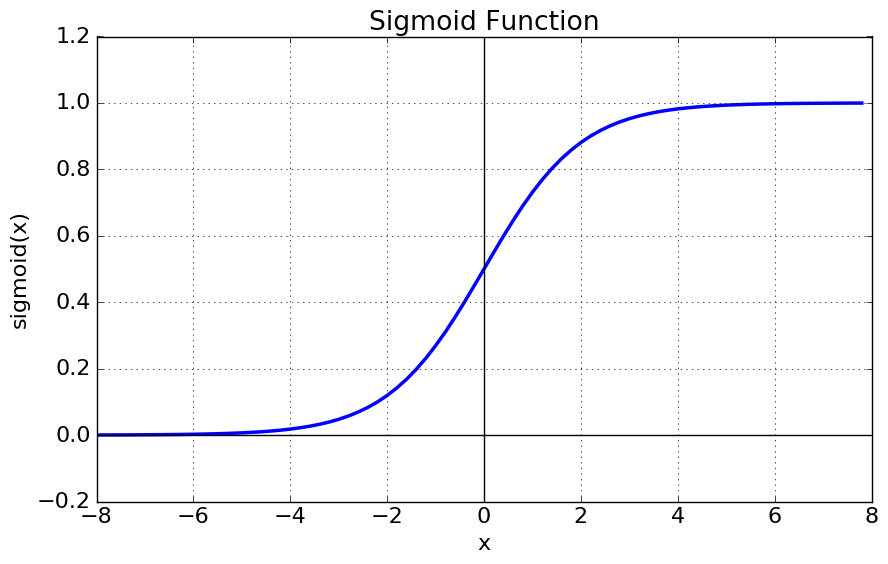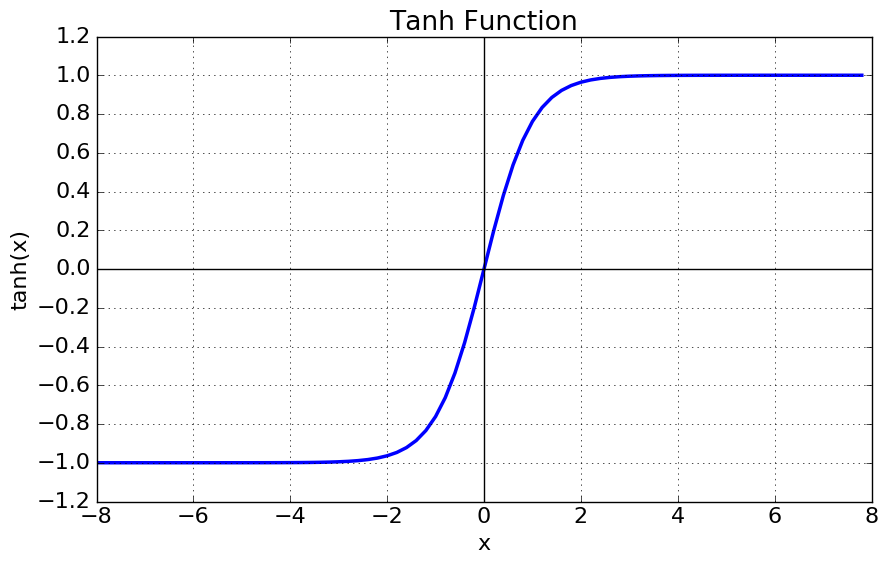Logistic regression: 두 판 사이의 차이
IT 위키
편집 요약 없음 |
편집 요약 없음 |
||
| 15번째 줄: | 15번째 줄: | ||
|'''Sigmoid''' | |'''Sigmoid''' | ||
1/(1+e<big><sup>-x</sup></big>) | 1/(1+e<big><sup>-x</sup></big>) | ||
||[[ | ||[[File:Sigmoid.png|400x400px]] | ||
|- | |- | ||
|'''Hyperbolic Tangent''' | |'''Hyperbolic Tangent''' | ||
tanh(x) | tanh(x) | ||
||[[ | ||[[File:Tanh.png|400x400px]] | ||
|} | |} | ||
==Types of Regression Analysis== | ==Types of Regression Analysis== | ||
2024년 10월 31일 (목) 12:48 판
Logistic regression is a statistical and machine learning technique widely used to solve binary classification problems. This algorithm predicts the probability that the outcome variable (dependent variable) belongs to a specific class through a linear combination of independent variables. Although it is primarily applied in binary classification with labels of 0 or 1, it can be extended to multiclass classification as well.
- Logistic: Used in scenarios requiring dichotomous outcomes,
- such as pass/fail, success/failure, survival/death, or true/false.
- Regression analysis: Predicts future outcomes based on past trends.
- Since logistic regression analysis has a categorical dependent variable, it is closer to a classification model.
Functions Used
| Function | Formula |
|---|---|
| Sigmoid
1/(1+e-x) |

|
| Hyperbolic Tangent
tanh(x) |

|
Types of Regression Analysis
- Simple Regression Analysis: Single independent variable
- Multiple Regression Analysis: Two or more independent variables
Advantages and Disadvantages
- Advantages: Simple to implement and easy to interpret.
- It has a relatively low risk of overfitting and is effective for binary classification.
- Disadvantages: Performs poorly with data that lacks a linear relationship.
- It is challenging to apply directly to multiclass problems, where techniques like softmax regression are often required.